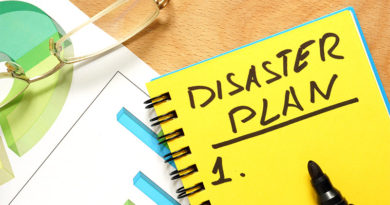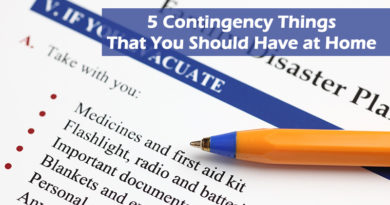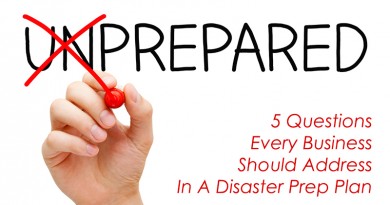Financial Planning for Disaster: How to Check Your Home Fire Insurance
What would your finances look like if you lost your home in a fire? Smart financial planning means hoping for the best but preparing for the worst. A big part of that is planning for an emergency.
There are many different emergencies you might have to plan for. One of the most financially impactful can be a fire in your home. Hopefully, your home insurance will help you rebuild, but given how expensive that process can be, you should also have a strong financial plan.

Be proactive about your financial preparedness for an emergency. Here’s how you can make sure you’re ready to handle anything that comes your way.
1) Review Your Fire Insurance Coverage
One of the best ways to prepare is to know what’s included in your fire insurance coverage. There are three main aspects to fire coverage:
Structure: The cost of repairing fire damage or rebuilding the structural elements of your home; whether it’s a total rebuild, a new roof, new walls and floors, or other repairs. It’s important to know that your policy is not based on the market value of your home but the cost of materials and labor needed to rebuild.
Contents: The cost of replacing personal belongings or restoring them from smoke damage. This includes things like clothing, electronics, furniture, appliances, tools, kitchen equipment, media, and even food. Be aware of coverage limits and sub-limits that could apply to things like fine art or jewelry. It can be easy to underestimate exactly how much it would cost to replace everything.
Additional Living Expenses: The cost of living elsewhere while your home is being repaired. This includes the initial cost of staying in a hotel or motel, longer-term rental costs, the cost of takeout if you don’t have access to a kitchen, extra gas costs if you have to travel further to work, and other costs above your usual expenditure. Again, it helps to check the limits on this type of coverage. The rapidly rising cost of rent in North American cities could come as a shock if you own your home.
2) Get Quotes on Local Construction Costs
The limits of your insurance policy can turn into a financial disaster if costs turn out to be higher than you initially thought. But it’s not easy knowing how much it would cost to rebuild your entire home.
With local construction costs skyrocketing over the past couple of years, your insurance policy and its limits may be outdated. The most effective way to get an accurate picture of the rebuilding costs would be to request quotes from local construction firms on the average cost per square foot. This will at least give you a reasonable ballpark.
3) Revisit Your Emergency Fund
Deductibles are also worth your attention. This is how much money you have to pay before the insurance kicks in. Since these funds are coming out of your own pocket no matter what, they should be accounted for in your emergency fund. This will also help you prepare for small repairs that don’t exceed your deductible and therefore shouldn’t be claimed.



